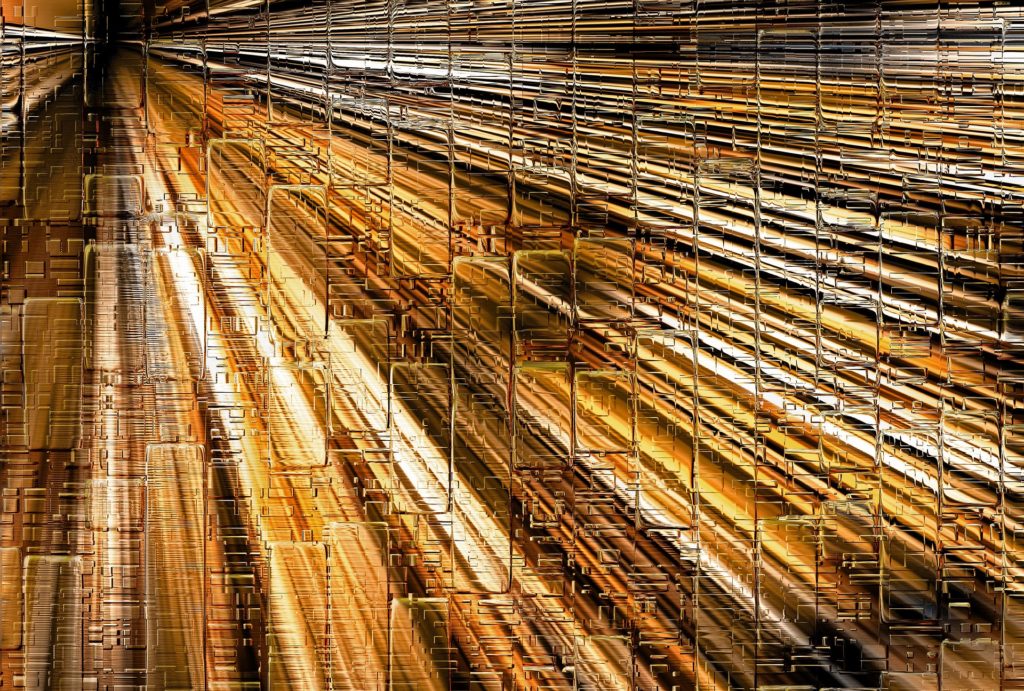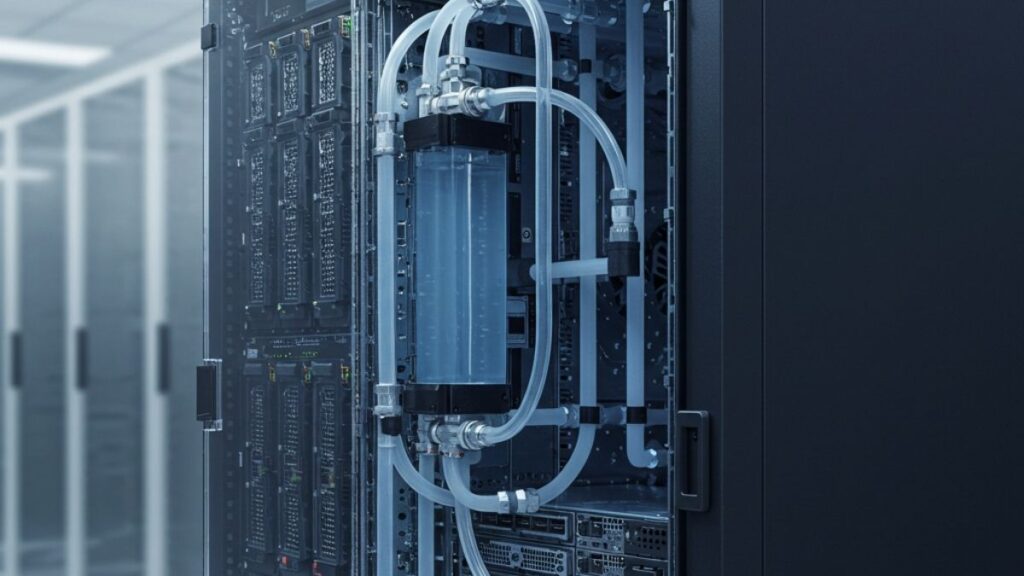For a long time, microfilm and microfiche were indispensable when it came to preserving and backing up records—it provided a compact way to store vast amounts of information and removed the need to save everything in paper form.
However, even though it was once a state-of-the-art solution, the advances in technology have made microfilm and microfiche outdated and unpractical – with digital storage solutions offering incredible convenience and accessibility for data, there’s just no need to store any historical or other documents in a physical location.
But what to do with all the microfilm and microfiche that’s still used by numerous public offices and organizations? Is it still possible to get by without switching to a digital format?
Let’s explore a little deeper and find out.
Why Are Microfiche and Microfilm Still Being Used?
We already talked about how digital technology is changing the way that most organizations and businesses store their data and records.
However, although that is a secure and cost-effective way to do it, some companies still use microfiche and microfilm for their record storage needs, and there are a few reasons why that might make sense.
With microfiche, it’s very easy to group and sort the documents, so if a company has established effective sorting practices that rely on microfiche, it can be quite convenient. It’s also possible to update microfiche files at any time, so the process of grouping and segmenting records can be quite effective.
However, even though microfiche can be convenient, it doesn’t hold up against digital file storage in any way – today’s technology and automation tools make it infinitely easier to file and sort large amounts of documents digitally, which gets us to our next point.
The main reason why some organizations still use microfiche isn’t based on the fact that it has any real advantages over a digital format—it’s just a leftover from an older time. They have always used the practice and have accumulated an extensive collection of microfiche or microfilm, so changing the entire process and digitizing their current records seems like too big of a task to take on.
However, although the process is indeed time-consuming without professional equipment and the necessary experience, today there are numerous microfiche scanning service providers who can take over the entire task and convert large amounts of data into a convenient digital format.
Many companies believe that they still have time to switch to digital, as microfiche is said to have a lifespan of around 100 years. However, the devices for viewing microfiche and microfilm are becoming harder to come by, and those that are still available are expensive to maintain, so today it’s difficult to justify the expense when there are digital options that provide numerous benefits in the long run.
Why Should You Switch to a Digital Format?
There are many reasons why a switch to a digital format makes sense for all businesses and organizations that still rely on microfiche and microfilm for data storage. However, there are a few reasons that stand out and prove beyond a doubt that the investment into digitizing your records is well worth it.
Let’s explore three of the main benefits of a switch to a digital format and the impact that it can have on your organization.
Storage Made Easy
Microfilm and microfiche were breakthroughs in storage technology a while back because it allowed storing huge amounts of data in a relatively small space.
However, even at a compact size, microfilm and microfiche are still no match for what digital record storage can offer. With digital records, the need for storage is eliminated altogether, and the free space can be used for other activities or to reduce costs.
And storing microfiche and microfilm isn’t simple, either.
You need to provide a dry and cool environment with stable temperatures below 70 degrees Fahrenheit. You also need to store the equipment for viewing the microfilm and set up practices for retrieving and managing the records, all of which wastes time and resources that could otherwise be used more effectively.
What’s more, even if you manage to provide the best conditions for preserving the film for as long as possible, there’s still no guarantee that a fire or flooding won’t ruin the records forever.
In comparison, you can back up digital files on multiple servers or the cloud and ensure that even if one copy gets destroyed, you’re always covered.
Quick Archive Access
Another area where digital records are a superior option is access to the archive – although microfilm can be systemized, the process can’t be compared with digital files that can be retrieved and shared with multiple people in a matter of seconds.
What’s more, with digital files, you don’t need any special expertise to manage them, but employees that handle microfilm need to be specially trained and know how to correctly handle the film to avoid damaging it.
As you can imagine, digital records can’t really be damaged, and even if a file gets corrupted, it takes mere seconds to replace it with a backup.
No Need for Special Equipment
Finally, the hassle of maintaining and setting up the equipment to view microfiche and microfilm is becoming more challenging every year. Since the equipment is much harder to come by, replacing parts is becoming problematic, and organizations that still use them need to invest time and money to ensure that it’s well-maintained, cleaned, and looked after.
However, if you decide to transform your microfiche to digital form, you can forget all those tedious maintenance tasks and simply view any records that you need on a computer or even a mobile device.
- Why You Should Switch from Microfiche and Microfilm to Digital - January 16, 2019
- Quick and Easy Photo Restoration Guide - December 12, 2017




Better go hybrid for safety… Digital is way too risky to rely on alone.
I agree with having some redundancy or insurance, but depending on the data that “insurance” can just be storing the digital data in multiple, regionally diverse locations. For example, I have my family photos stored on a network drive that from ioSafe that is fireproof and waterproof, but I also have the images uploaded to Box and also to OneDrive. Any one of those things might suffer a catastrophic failure, but I don’t anticipate that all three will simultaneously.
Use PIQL film instead of traditional microfilm,PIQL technology can write digital data on microfilm.